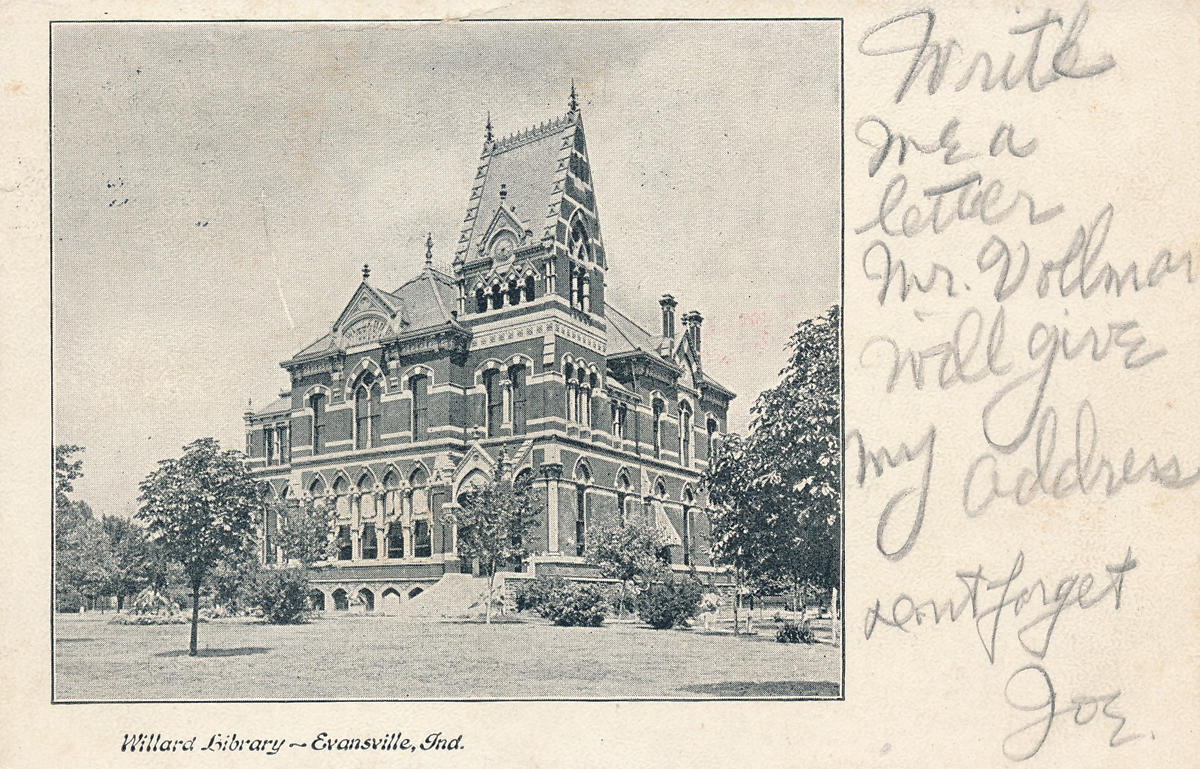“Walk into a library and you’ll feel it right away. It’s quiet but alive. People are reading, learning, applying for jobs, finding shelter, escaping for a moment into a story. No one’s selling anything. Yet the value being created is enormous.”
In a recent Fast Company article, writer Craig Shapiro touts the advantages of using the library as a model for a business. Libraries aren’t businesses, Shapiro concedes, but they do things that many businesses can’t do: They build environments where people feel inspired, curious, and connected. And communities flock to them.
“In 2022 (the most recent year for which we have data), there were 671 million visits to public libraries in the United States—that’s more than the attendance at all MLB, NFL, and NBA games, plus National Park and theme park visits combined,” writes Shapiro. “Despite changes in media habits, younger generations use libraries more than any other cohort (54% of Gen Zers and millennials in the U.S. reported visiting a physical library in the past year). And that’s not counting the millions more who use the myriad digital services public libraries offer.”
Shapiro cites multiple ways that businesses can take inspiration from libraries.
Let people dream: “Libraries don’t ask you to justify your interests,” writes Shapiro. “You can check out a book on astrophysics or attend a poetry reading. No one’s measuring your productivity. The door is open, and the invitation is simple: Explore.”
Shapiro notes that great companies operate with a similar principle by giving employees space to think and chase ideas that might not have an immediate return because it leads to better breakthroughs. He uses Google as an example.
“On the way to becoming a company worth more than $2 trillion, Google famously gave employees ‘20% time,’ encouraging them to pursue passion projects without immediate commercial goals,” he writes. “This freedom led directly to innovations like Gmail, Google Maps, and AdSense—products that started as dreams and became essential tools for billions.”
Focus on more than transactions: “A library is not about monetization,” Shapiro writes. “Yet its value shows up everywhere: literacy rates, employment readiness, civic health. The best organizations understand this. They offer more than a product. They offer meaning, trust, and alignment with people’s values.”
Shapiro notes that Patagonia demonstrates this principle through its environmental activism. The company’s stances—from suing the government over environmental policies to donating profits to climate causes—might seem risky from a traditional business perspective, but that didn’t stop the company’s sales from quadrupling in the past decade to more than $1 billion annually. It was Patagonia’s commitment to meaning over pure profit that resonated deeply with its community, strengthening brand loyalty and trust, Shapiro says.
Support the whole person: “Libraries recognize that people are more than readers or borrowers,” says Shapiro. “They offer after-school programs for children, job training for adults, and social services for those in need. They understand visitors have complex lives, and that growth rarely follows a single, predictable path.”
Shapiro writes that the best organizations understand this.
“Work is not just work,” he says. “It’s identity. It’s purpose. It’s how people spend the majority of their waking hours. When leaders recognize that and respond with flexibility, empathy, and real support, the results speak for themselves. People stay longer. They perform better. They build things they’re proud of.”
Adobe’s decision in 2012 to replace cumbersome and bureaucratic annual performance reviews with “check-ins”—open, ongoing, two-way conversations about performance and career growth—exemplifies this, Shapiro says.
As a result, voluntary attrition at Adobe reduced by more than 30% while saving 80,000 manpower hours previously spent on reviews. “By treating employees as whole people with evolving aspirations rather than quarterly performers,” Shapiro writes, “Adobe created a system that serves both human development and business outcomes.”
Be a platform, not just a point solution: Shapiro says the changing face of the library—from a place that offers more than just books to one that meets people where they are by providing résumé workshops, tax help, gardens, kitchens, and other community needs—is a powerful concept that should be replicated.
Shapiro asks: “What if you stopped thinking of your offering as a single product or service? What if you thought of it as a foundation people could build from?”
Airbnb’s model is similar, Shapiro claims. “What began as a way to find short-term lodging is steadily evolving into something broader: a platform for travel, connection, and cultural exchange,” he writes. “Now the company is expanding from where you stay to how you explore, offering everything from pasta-making in Rome to wildlife walks in Nairobi. It’s a bold attempt to transform a transactional service into a layered, participatory ecosystem that reflects the ways travelers want to feel at home in the world.”
Ultimately, Shapiro says that libraries remind us that value isn’t always immediate or measurable in quarterly reports, but it’s real. The impact accumulates over time, quietly compounding, he says. Any organization willing to think more expansively, invest in culture, make room for imagination, and support its people and community can experience it.
“Long live the library,” he writes. “And long live the companies that learn from its example.”
Libraries build business
Libraries Build Business (LBB), which ran from 2020 to 2022, was a national initiative of the American Library Association (ALA), supported by Google.org, intended to build capacity in libraries offering programming or services to local entrepreneurs and the small business community, prioritizing low-income and underrepresented entrepreneurs.
ALA accepted grant proposals from public libraries with a documented history of providing services for small businesses and/or entrepreneurs for low-income and/or underrepresented groups in their communities. ALA awarded 13 public libraries grants of up to $150,000.
Over the course of the LBB project, the ALA team and a cohort of 13 public libraries worked together to answer questions, pilot projects, develop resources, and share these learnings with the wider library community.
The LBB cohort libraries represent 12 states and include urban, suburban, rural, and Tribal libraries of all sizes. LBB projects have impacted more than 15,000 small business owners and entrepreneurs across the United States, serving a range of entrepreneurs including individuals re-entering the workforce from jail or prison, primarily Spanish-speaking sidewalk vendors, rural entrepreneurs, tribal members, and minority-owned tech startups.
You can learn more about each of the LBB cohort libraries and their projects—and the LBB initiative as a whole—here.
Your support of ALA helps make programs like LBB possible and also helps ALA fight for libraries and everyone’s freedom to read across the U.S. Become an ALA Supporter today.
Become a Supporter
Subscribe to the I Love Libraries newsletter! You’ll get news from the library world, advocacy updates, author interviews, book lists, and more delivered to your inbox every month.
Image: Stuttgart City Library by reginaspics.




